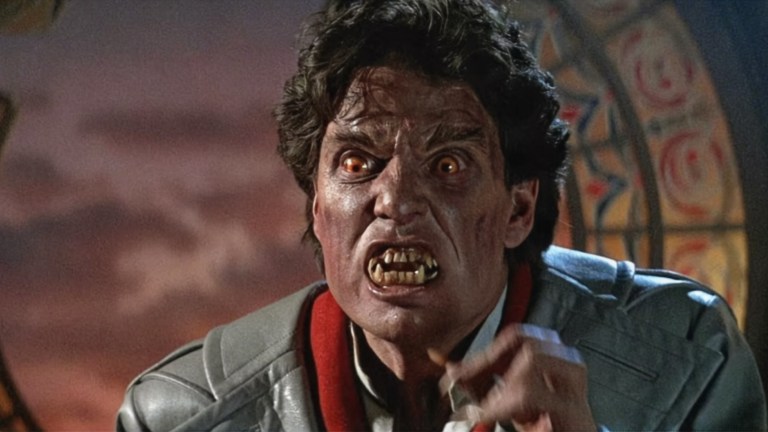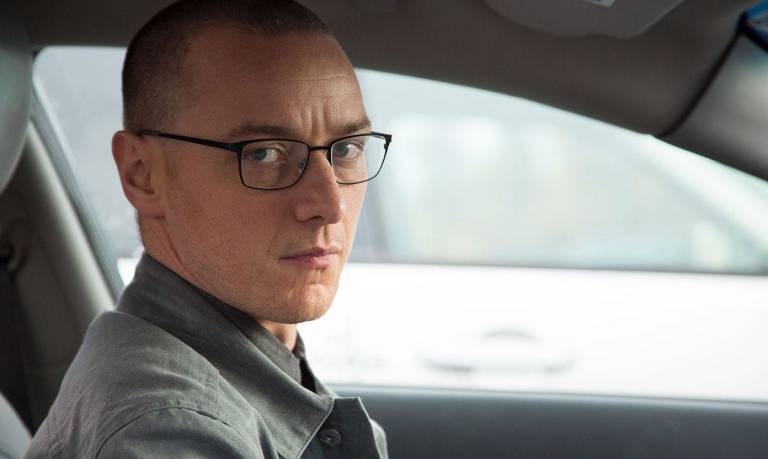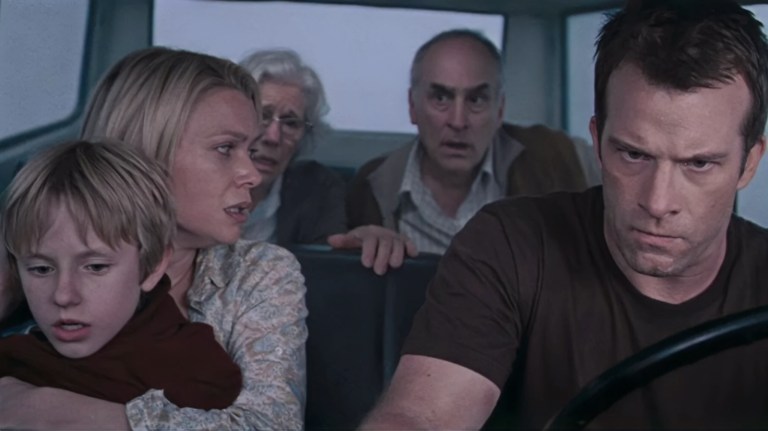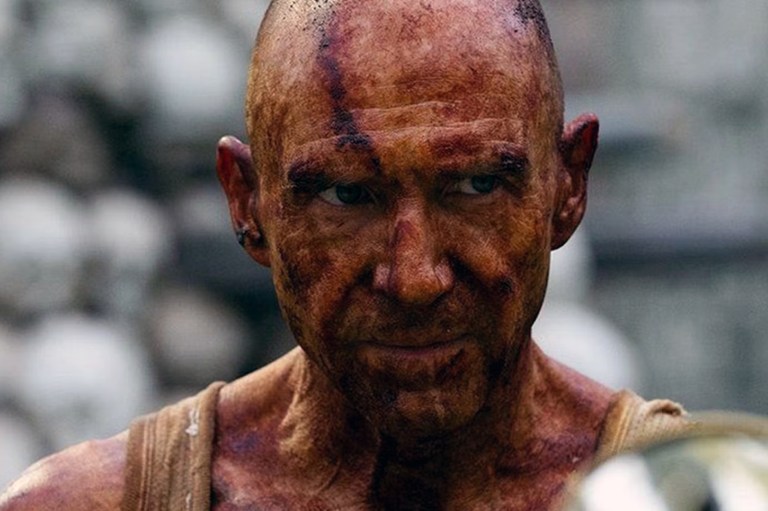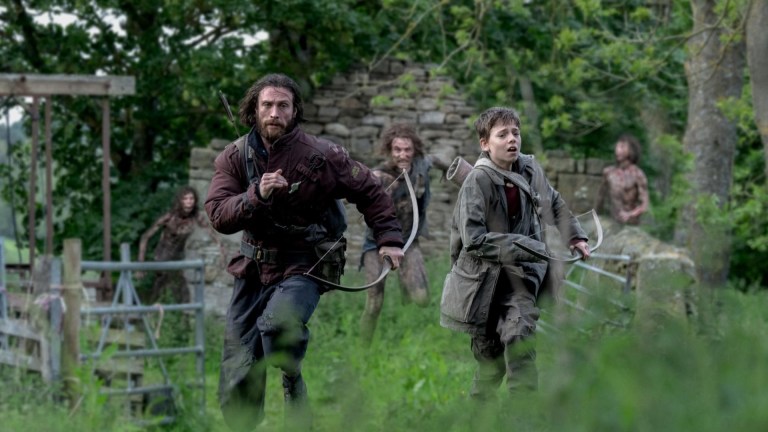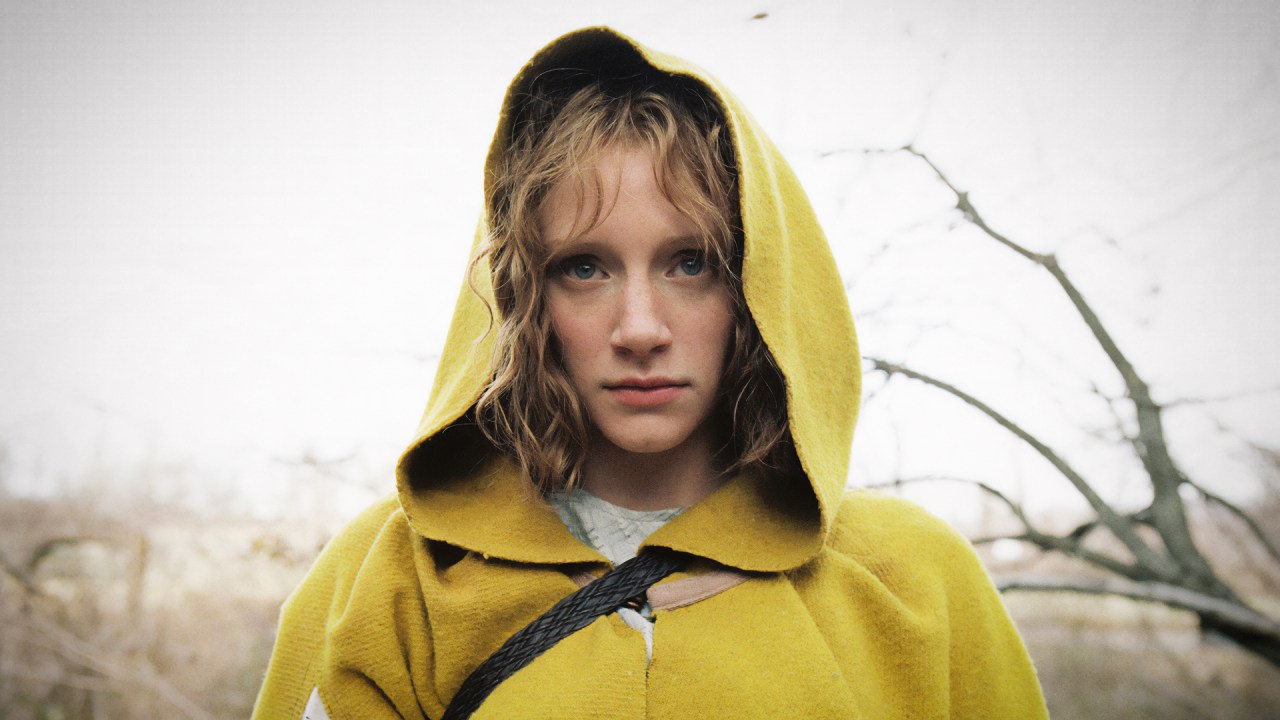
20 Years Later, M. Night Shyamalan’s ‘The Village’ Works Better Without the Twist Expectation
M. Night Shyamalan's The Village proves to be one of the filmmaker's most divisive films, but in retrospect, it might be one of his best.
M. Night Shyamalan’s The Village proves to be one of the filmmaker’s most divisive films, but in retrospect, it might be one of his best.
Imagine the setting. It’s 2004. Fresh off the success of The Sixth Sense, Unbreakable, and Signs, M. Night Shyamalan presents a new visual feast for audiences in the form of The Village. The trailer looks incredible as mysterious creatures known only as Those We Don’t Speak Of terrorize a community from days gone by. Intriguing and intense, the film also features the star-studded talents of Bryce Dallas Howard, Joaquin Phoenix, Sigourney Weaver, Adrien Brody, and William Hurt. At this point, the Academy Awards might just as well add The Village‘s name to every category, right? Wrong.
While not as reviled as other Shyamalan stinkers such as The Happening and The Last Airbender, The Village continues to be a polarizing entry in the illustrious filmmaker’s catalog. The film’s 44% critical approval rating and 57% audience score on Rotten Tomatoes only attests to this fact. The question remains, though: Is The Village a bad movie or did the audience’s expectation for a twist sink it?
M. Night Shyamalan set a precedence for twists and turns
It’s unfair to call the state of cinema in the ’90s generic, because there were directors like David Fincher and Quentin Tarantino creating unique motion pictures. However, M. Night Shyamalan discovered the proverbial sweet spot of innovation and blockbuster appeal in 1999. He unleashed an absorbing film in the form of The Sixth Sense that had audiences looking one way before he pulled the rug out from everyone, revealing the protagonist Malcolm Crowe (Bruce Willis) had been dead the whole time and the young Cole Sears’ (Haley Joel Osment) ability to speak to ghosts. Not only does the twist catch everyone off guard the first time, but it also chills. He repeated the bait-and-switch technique in Unbreakable to similar success a year later.
By the 2000s, audiences walked into a Shyamalan movie, expecting it to have a mind-bending twist that changes everything. It became the filmmaker’s calling card. However, the – ahem – signs had already been there in 2002’s Signs that not every Shyamalan feature requires a big narrative pirouette and the film’s core should always be about its theme(s). Fair play to him too, since no director wants to be seen as a one-trick pony to the viewers. Unfortunately, audiences don’t always see it this way.
The Village‘s twist ending
In The Village, the big reveal doesn’t involve the fact Those We Don’t Speak Of are extraterrestrials or the Pennsylvania townsfolk have desecrated hallowed ground and brought misery upon themselves. No, the twist is – checks notes – Edward Walker (William Hurt) formed this community two decades ago and they isolated themselves from modern society to keep everyone safe from the world they had come to fear. The creatures are simply the townsfolk in disguise who roam around to scare people off from venturing out beyond their village’s boundaries.
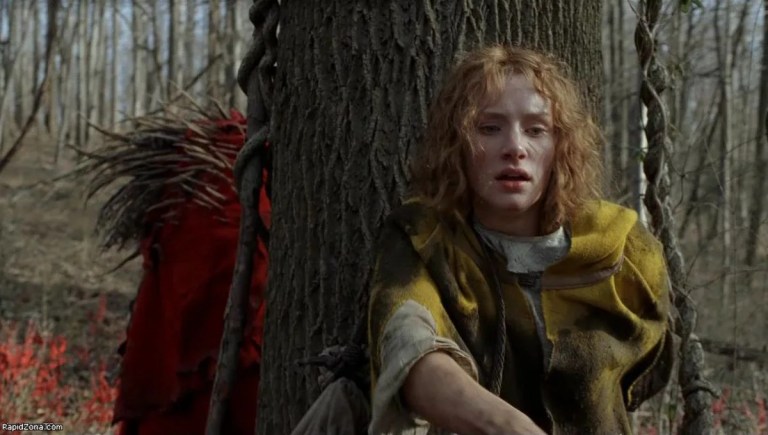
One critic who despised the film and the twist was the late Roger Ebert, who gave it one star. Ebert wrote: “To call it an anticlimax would be an insult not only to climaxes but to prefixes. It’s a crummy secret, about one step up the ladder of narrative originality from It Was All a Dream. It’s so witless, in fact, that when we do discover the secret, we want to rewind the film so we don’t know the secret anymore.”
Ebert’s sentiments were (and are still) shared by many others. When audiences expect a monster movie, they want a monster movie. If the final act reveal involves a man in a suit, it all starts to feel like a Scooby-Doo episode and the filmmakers would have gotten away with it too if it weren’t for those meddling kids.
There’s an important story hidden in this movie
In retrospect, The Village works better after multiple viewings. Much like Signs, the themes are deeper and more important than the twist – and once the expectation is removed, the story proves to be as unsettling as originally promised. Think about it: There’s an entire generation who are unaware that their parents and elders lie to them in this movie. The freedom of choice has been removed as they’re forced to live a life of isolation because someone else deemed the outside world to be too dangerous for them. It’s a form of Munchhausen by proxy and a restriction of their movement.
On the other hand, many of the parents experienced trauma that changed them and their worldviews. In their minds, anything beyond the safe space and sanctity of the village opens up the opportunity for “monsters” to attack them again. Sincerely, they believe this is the only way to protect themselves and their families, so they subscribe to this lifestyle. Is that right? Is it wrong? M. Night Shyamalan leaves that up to the viewer to decide.
Maybe the lack of an actual creature in The Village disappoints the audience – and understandably so – but don’t let that distract you from the fact that there are many monsters present here. In this case, they take the guise of humans, and what’s more terrifying than that?
